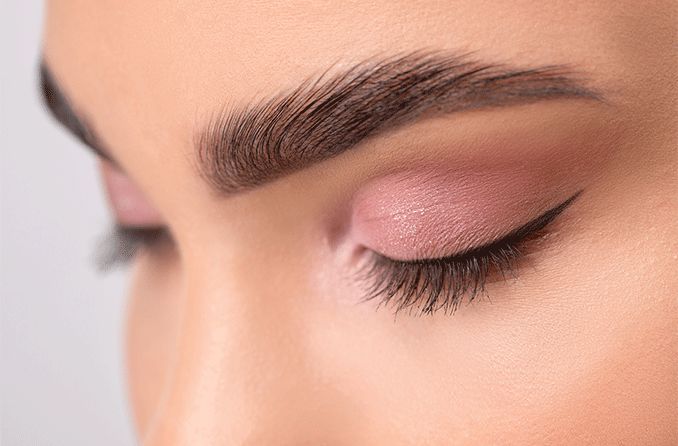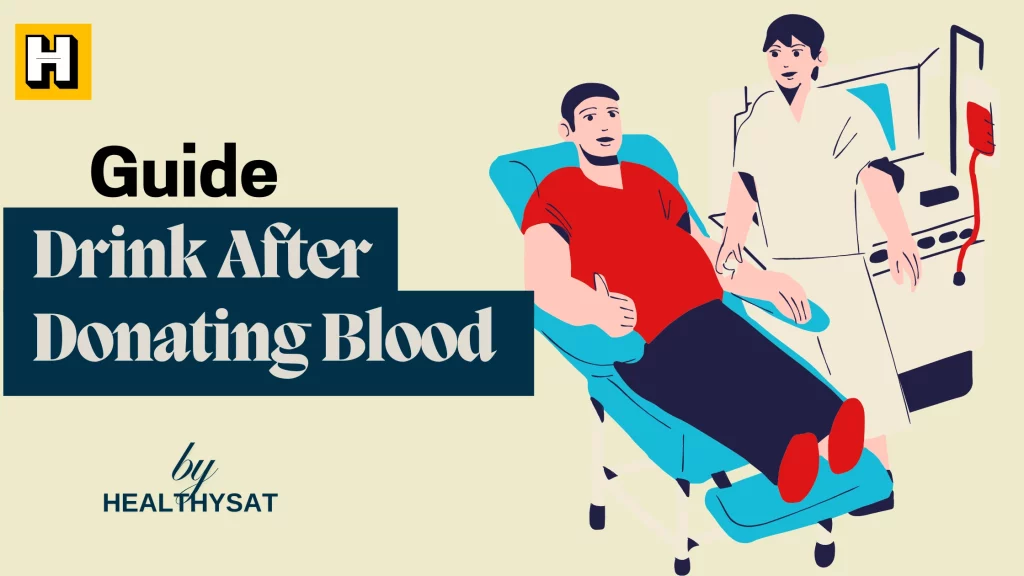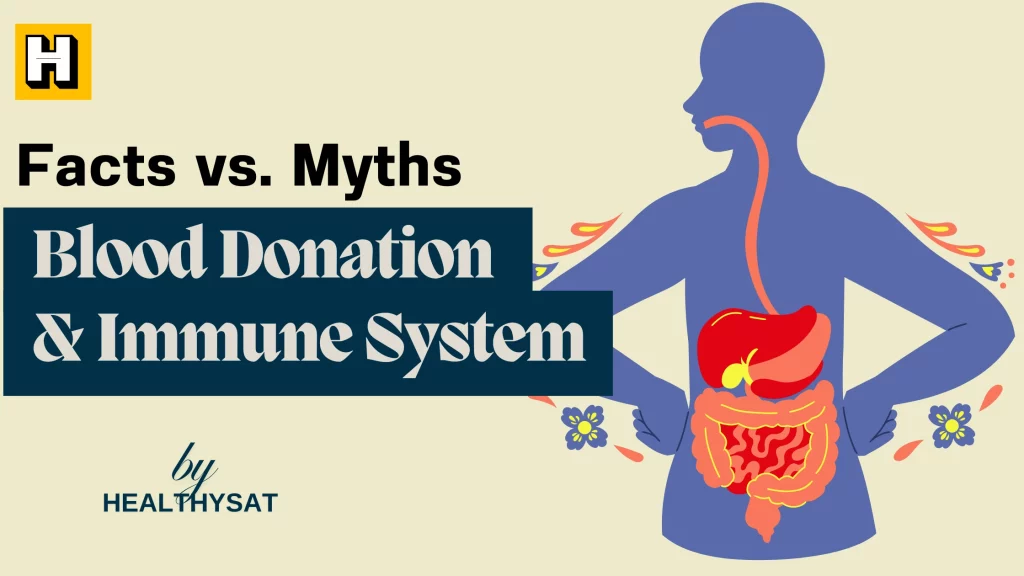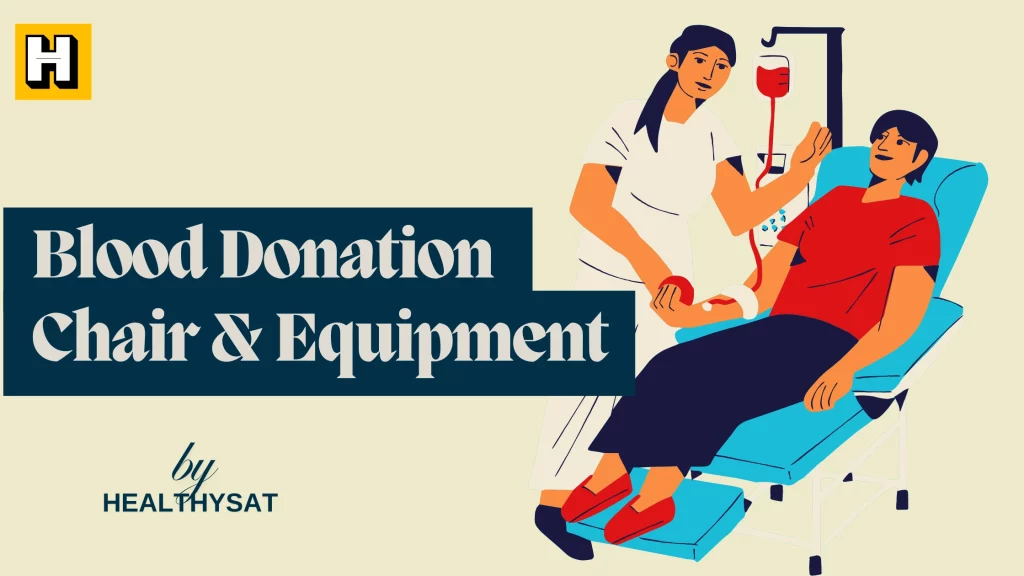If you’re considering getting microblading done, it’s important to understand the healing process after the treatment. Microblading is a semi-permanent cosmetic tattooing technique using a small handheld tool to create hair-like strokes on the eyebrows.
While it’s a relatively simple and quick procedure, giving your skin time to heal properly is important to ensure the best results. This article will cover everything you need to know about the microblading healing process.
What to Expect During the First Few Days
The first few days after your microblading treatment are crucial for ensuring proper healing. Here’s what you can expect:
Redness and Swelling
After the treatment, you may experience some redness and swelling around the treated area. This is completely normal and should subside after a few hours. You can apply a cold compress to the area to help reduce the swelling.
Dryness and Flaking
In the first few days, your eyebrows will scab and flake off. This is part of the natural healing process and is nothing to worry about. However, it’s important not to pick or scratch at the area as this can cause the pigment to come off and affect the overall result.
Itching and Discomfort
You may also experience some itching and discomfort in the treated area. Avoid scratching or rubbing the area, as this can cause damage to the skin and affect the healing process.
What to Do During the Healing Process
To ensure proper healing and the best results, taking care of your skin during the healing process is important. Here are some things you should do:
1. Keep the Area Clean
Avoid getting your eyebrows wet for the first few days after your treatment. This includes avoiding swimming, showering, or any other activity that may cause moisture to contact the treated area. Once the scabbing has fallen off, gently wash your eyebrows with a mild cleanser.
2. Avoid Sun Exposure
During the healing process, avoiding direct sunlight and tanning beds is important. Sun exposure can cause the pigment to fade and affect the overall result.
3. Apply Healing Ointment
Your microblading technician will provide a healing ointment for the treated area. Follow their instructions carefully and apply the ointment as directed to ensure proper healing.
How Long Does the Healing Process Take?
The healing process for microblading can take 4-6 weeks, depending on your skin type and how well you take care of the treated area. During this time, you should avoid applying makeup to the area and refrain from any activities that may cause excessive sweating.
What to Expect After the Healing Process
Once the healing process is complete, you can expect to see the full results of your microblading treatment. Your eyebrows will look fuller and more defined, and you won’t have to worry about filling them in with makeup every day.
- How to Look Attractive as a Girl And Boost Your Confidence
- 5 Best Cream for Dark Skin In Nigeria
- How to Prevent the Common Cold: A Complete Guide to Staying Healthy and Fighting Illnesses
- Vitamins for Bigger Buttocks and Hips in Nigeria
- The Ultimate Guide to Kids and Teens Cream: Tips, Benefits, and More
Frequently Asked Questions
1. Can I Wear Makeup During the Healing Process?
It’s best to avoid wearing makeup during the healing process as it can interfere with the natural healing process and affect the overall result.
2. Will the Pigment Fade Over Time?
Over time, the pigment will naturally fade as part of the natural aging process. However, you can prolong the life of your microblading treatment by avoiding excessive sun exposure and taking good care of your skin.
3. Can I Exercise During the Healing Process?
It’s best to avoid exercising during the healing process, as excessive sweating can cause the pigment to come off and affect the overall result. However, light exercise such as walking is acceptable.
4. What if I could be happier with the Results?
If you’re not happy with the results of your microblading treatment, it’s important to speak to your technician. They may be able to adjust the shape or color of your eyebrows to ensure you’re satisfied with the result.
5. Is Microblading Painful?
While everyone’s pain tolerance differs, most experience mild discomfort during the microblading procedure. Your technician will apply a numbing cream to the area to help minimize any pain or discomfort.
6. How Do I Choose a Qualified Microblading Technician?
When choosing a microblading technician, it’s important to research and choose someone qualified and experienced. Look for reviews and before and after photos of their work to ensure you choose someone who will provide you with the best results.
7. Can I wash my face after microblading?
It’s important to avoid getting your eyebrows wet for the first few days after microblading. Afterward, gently wash your face with a mild cleanser, avoiding the eyebrow area.
8. How long does the healing process take?
The healing process typically takes about 4-6 weeks, during which time you must avoid certain activities and follow a strict aftercare routine.
9. Will my eyebrows look too dark after microblading?
Your eyebrows may look darker than desired immediately after the procedure, but this is normal, and they will fade to a more natural-looking shade as they heal.
10. How long will the results of microblading take?
The results of microblading can last anywhere from 1-3 years, depending on various factors such as skin type, lifestyle, and aftercare routine.
Overall, the healing process of microblading is an important part of the treatment that should not be taken lightly.
By following the aftercare instructions carefully and avoiding certain activities during the healing process, you can ensure the best possible outcome for your eyebrows. And remember, if you have any questions or concerns during the healing process, don’t hesitate to contact your microblading technician for guidance and support.
Conclusion
In conclusion, the microblading healing process is crucial to ensuring the best results from your treatment. While the healing process can be uncomfortable and require some adjustments to your daily routine, it’s worth it for the beautiful, full brows you’ll have once the healing is complete. Remember to follow your technician’s instructions carefully and take good care of your skin during the healing process to ensure the best possible outcome.







